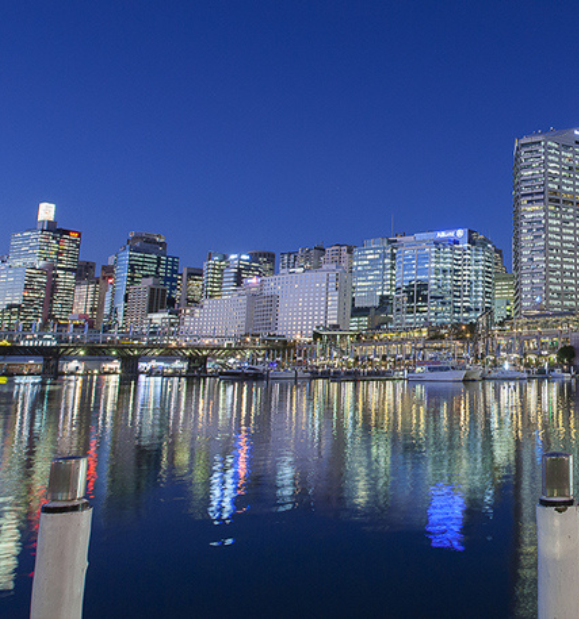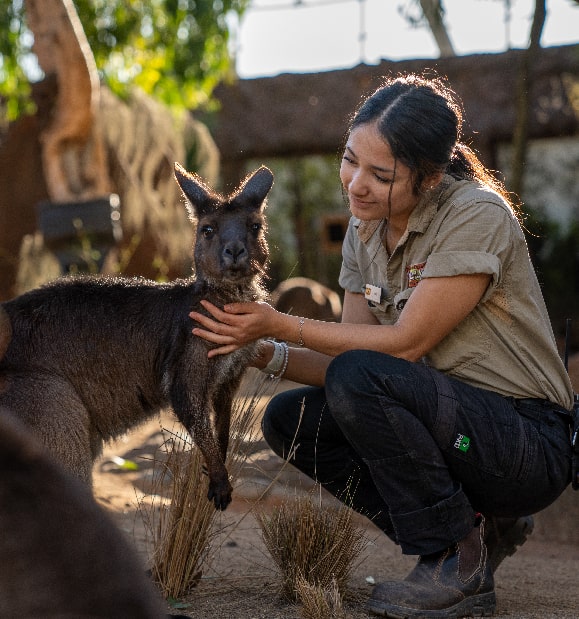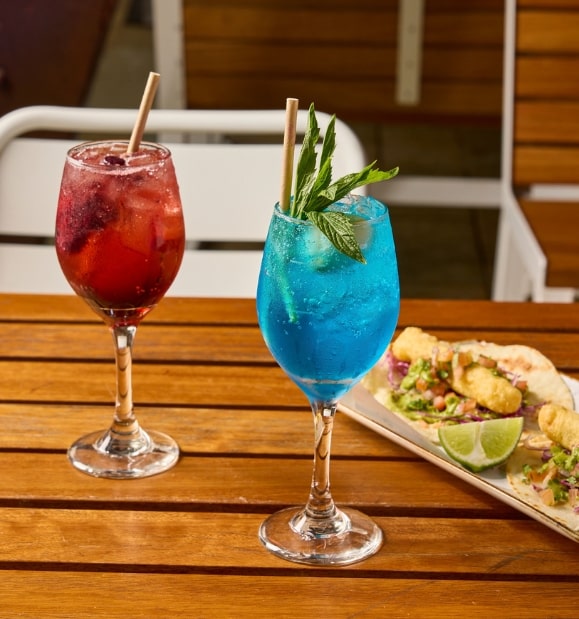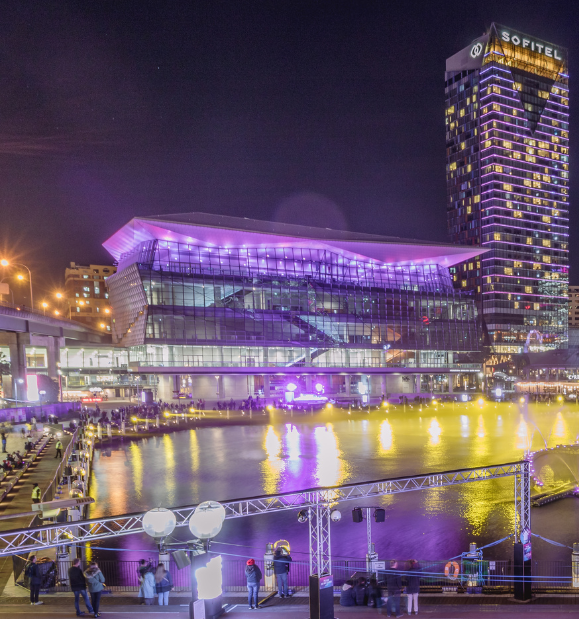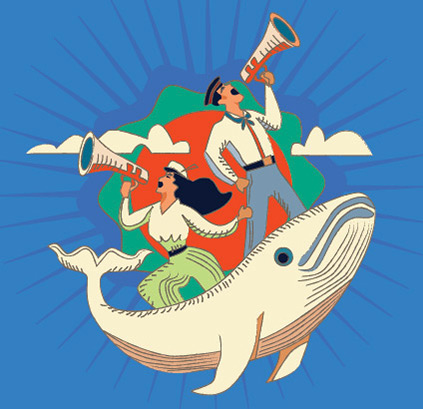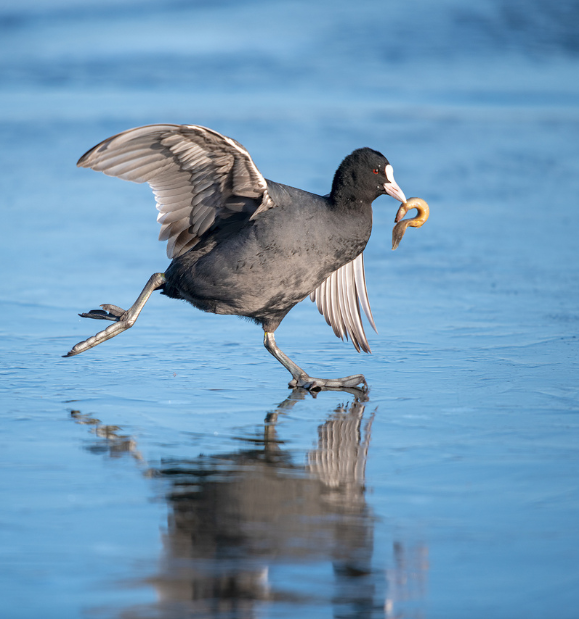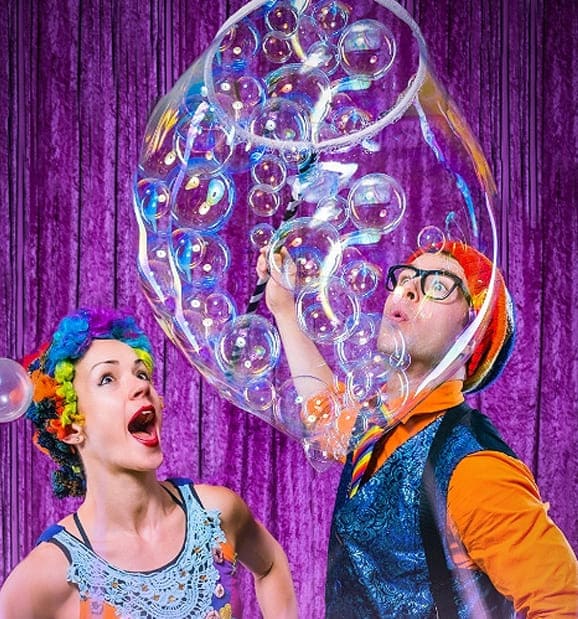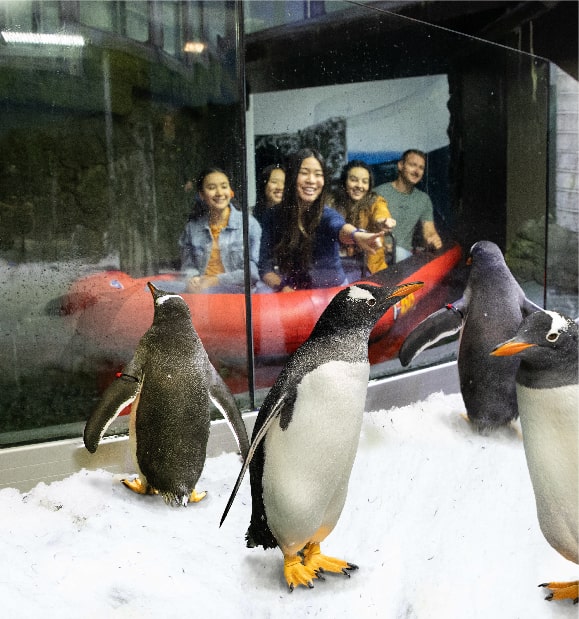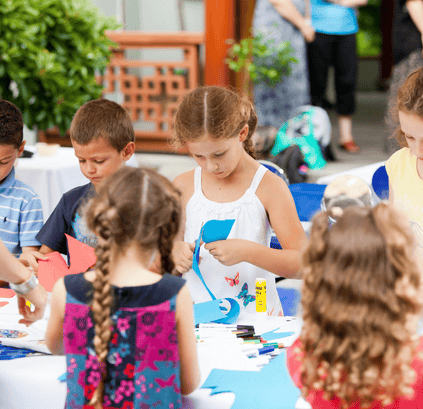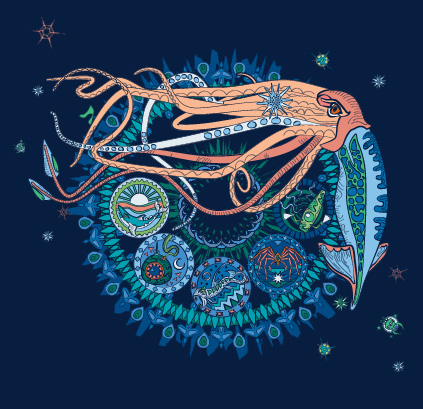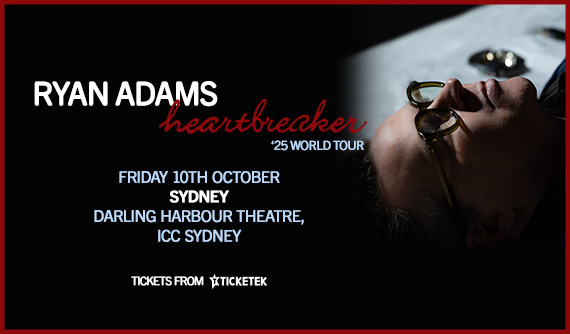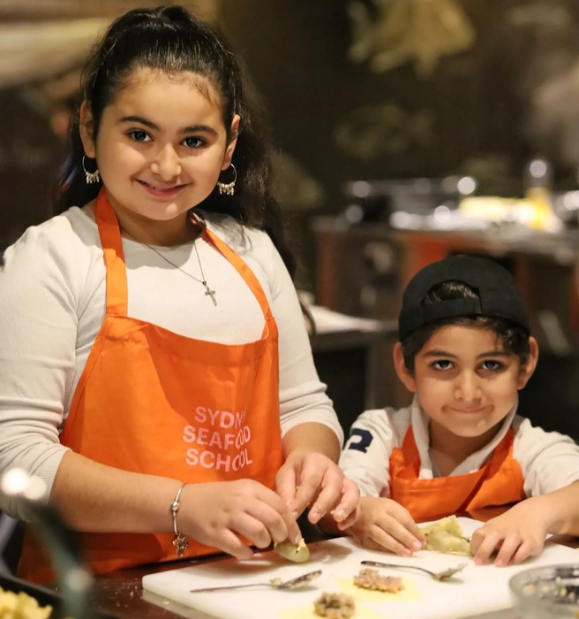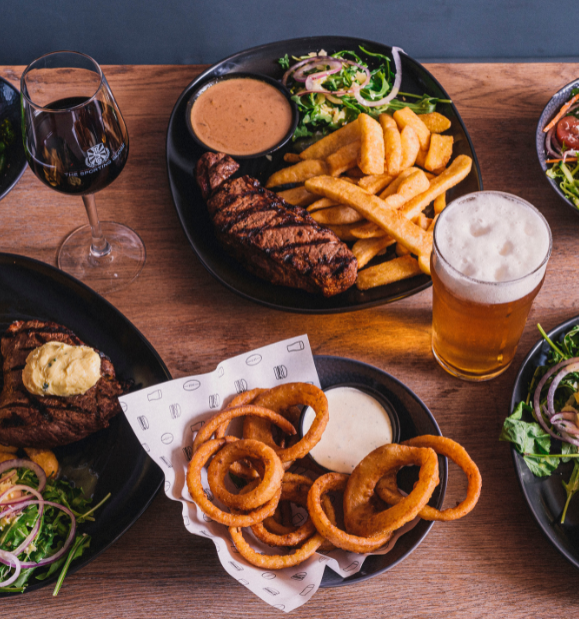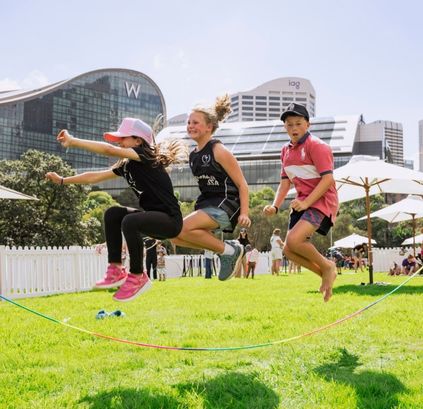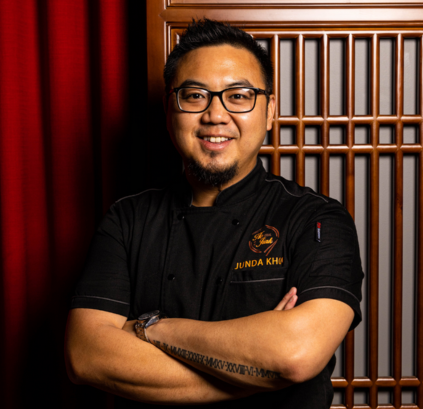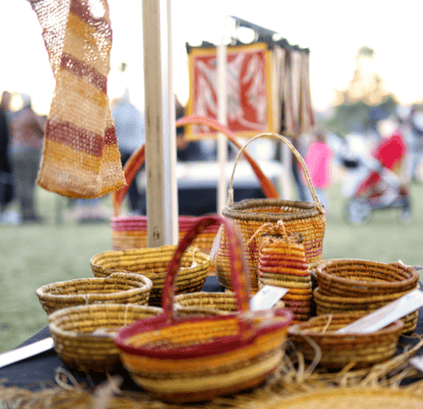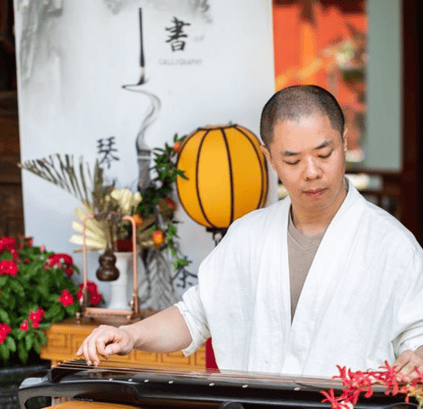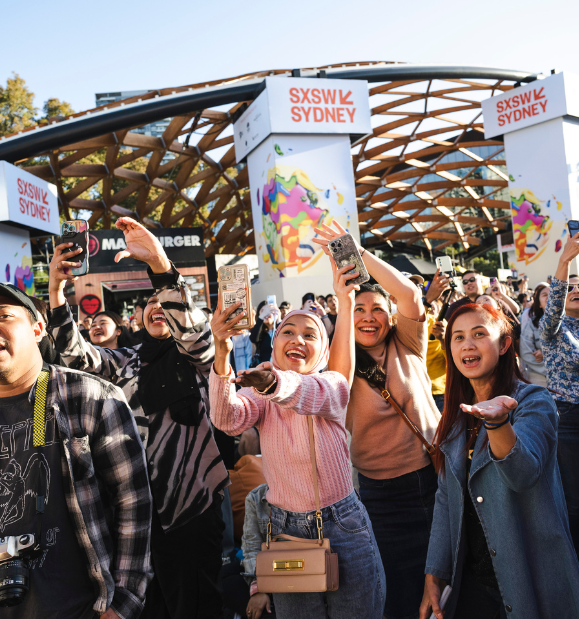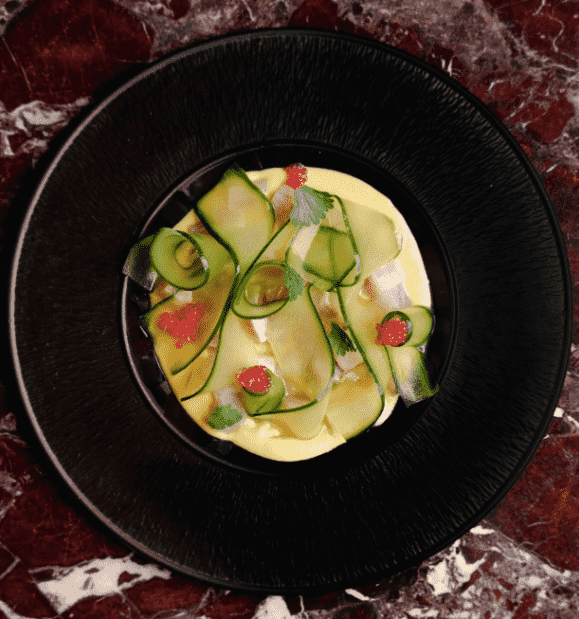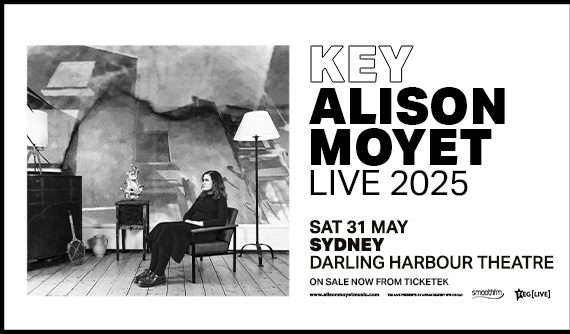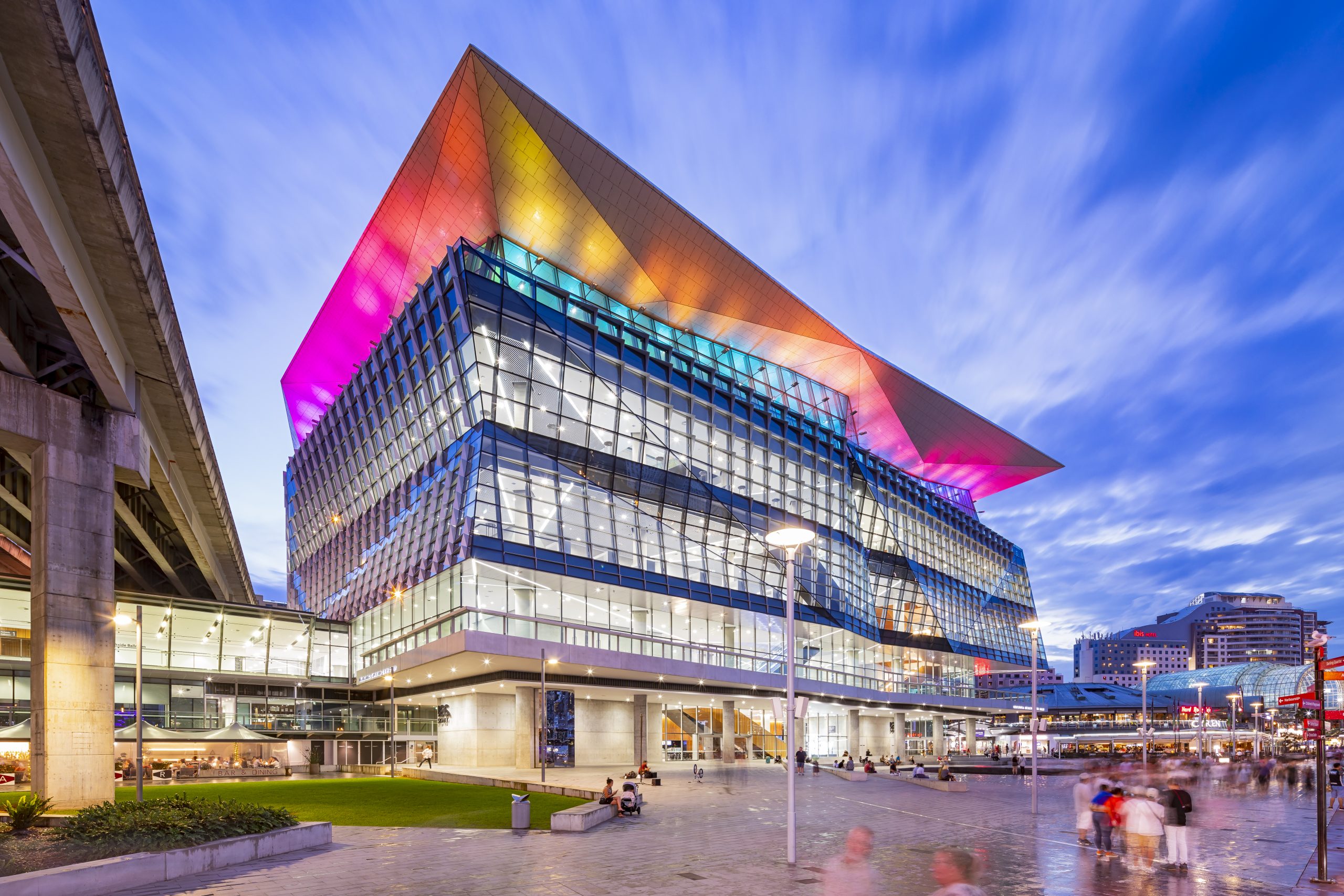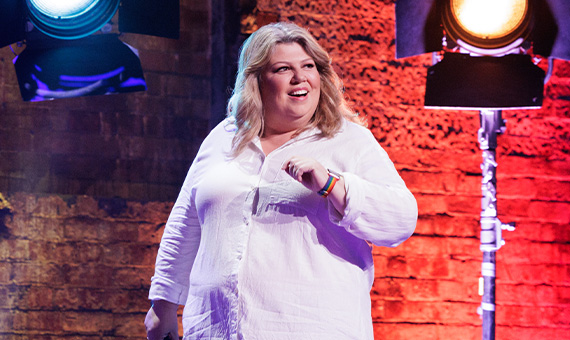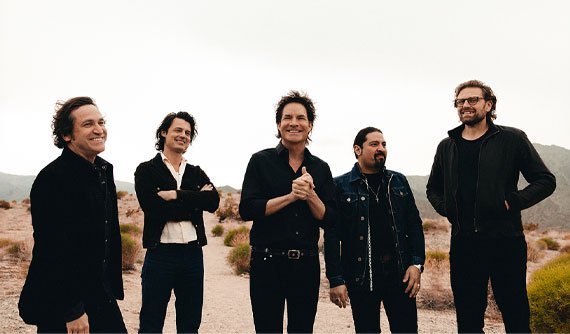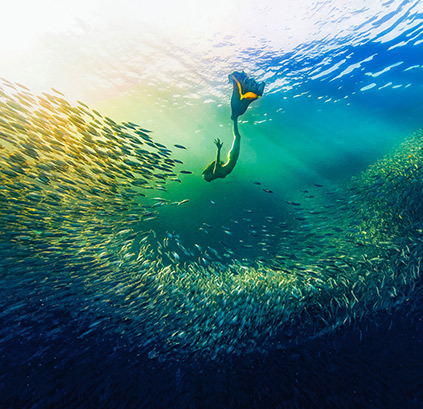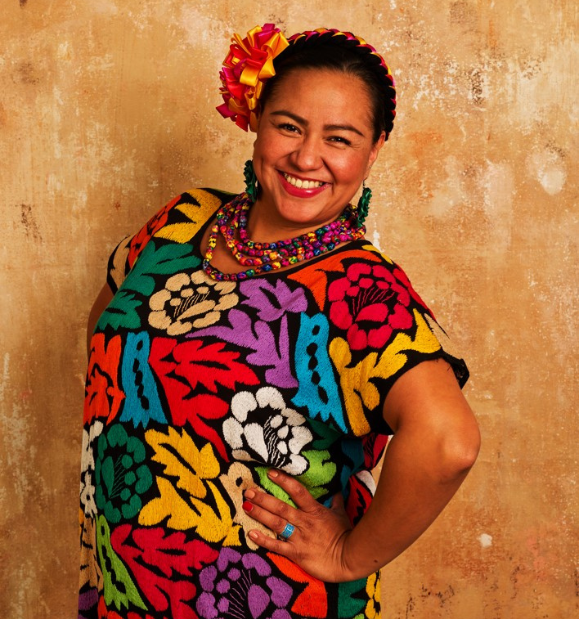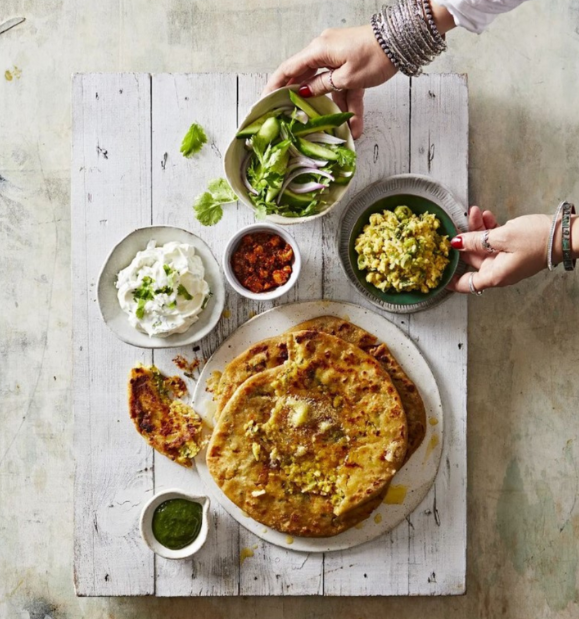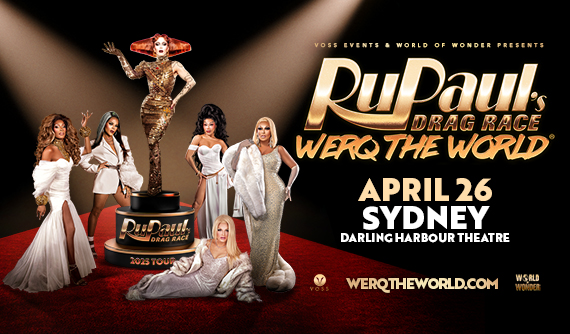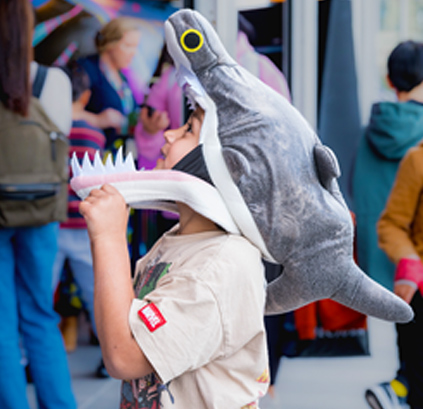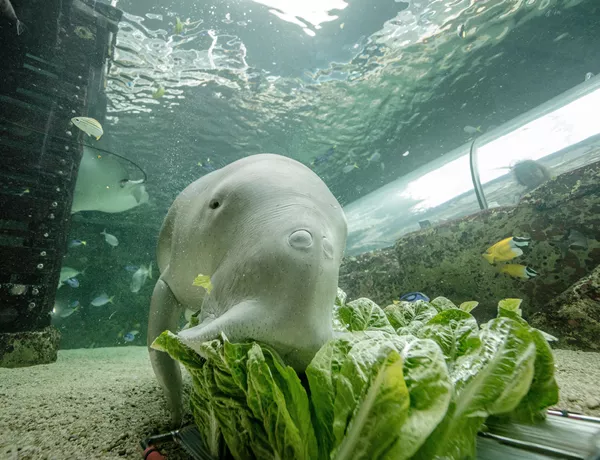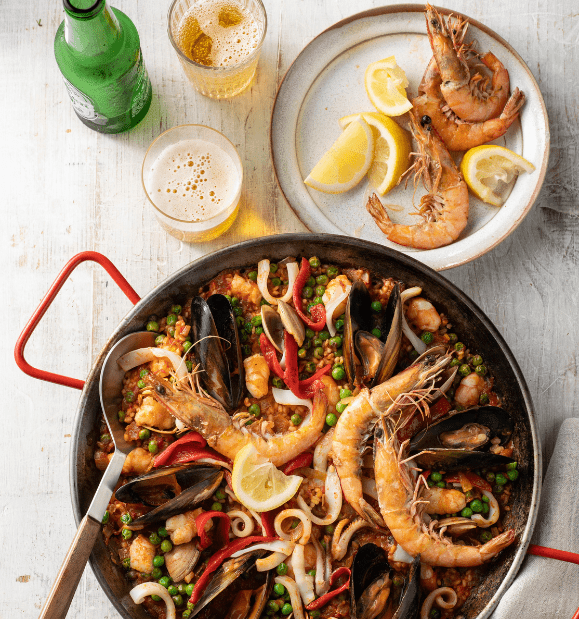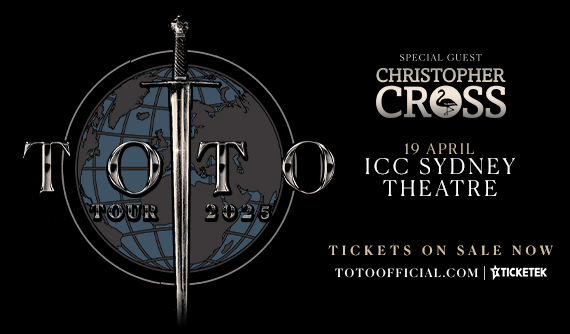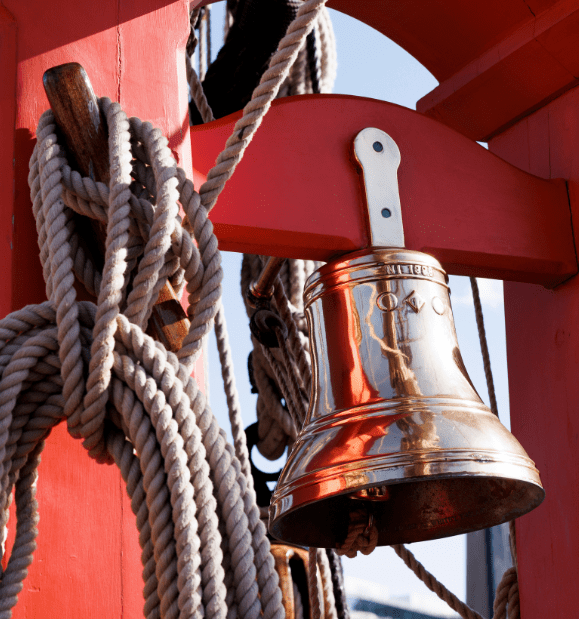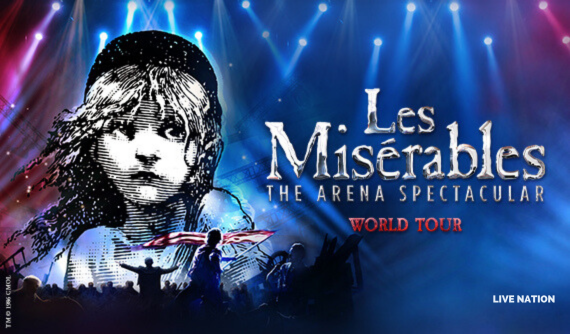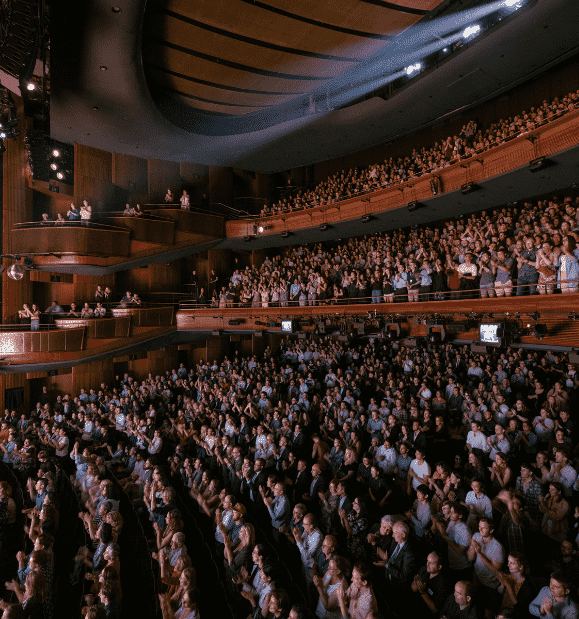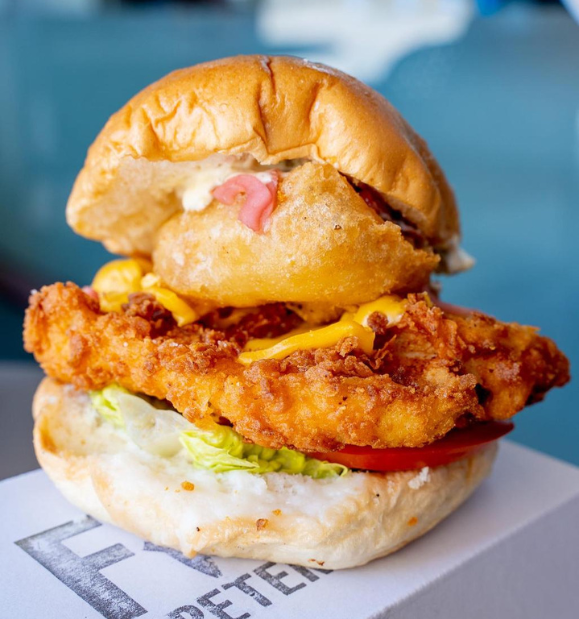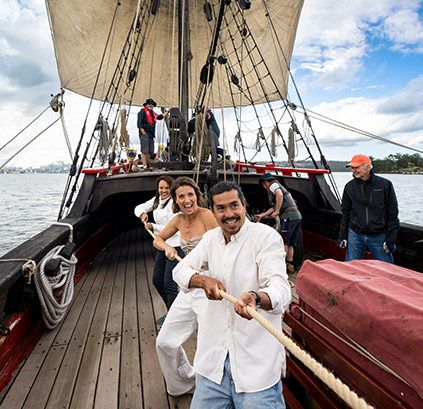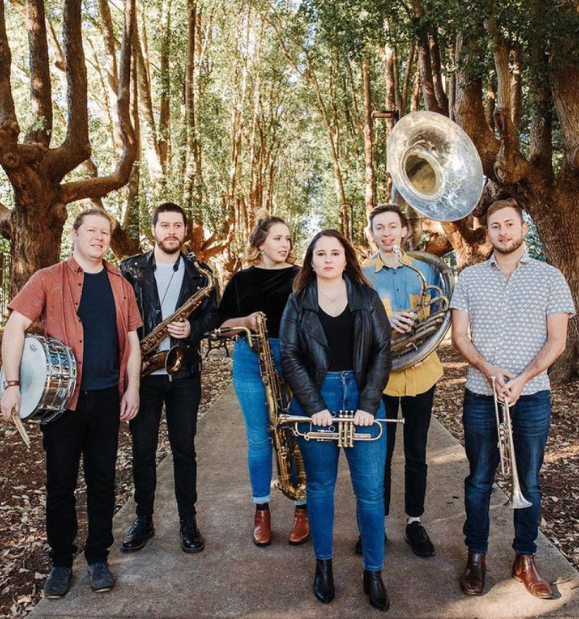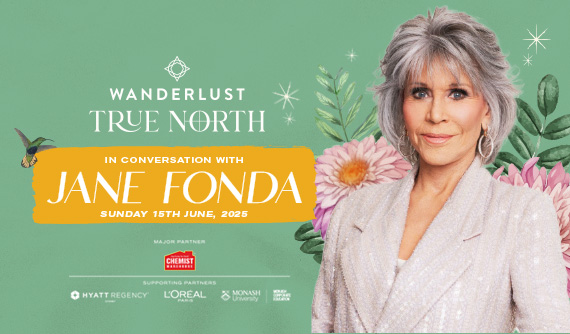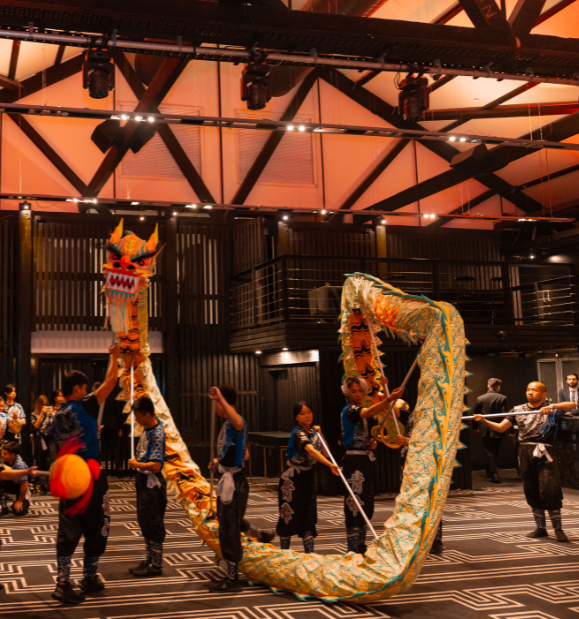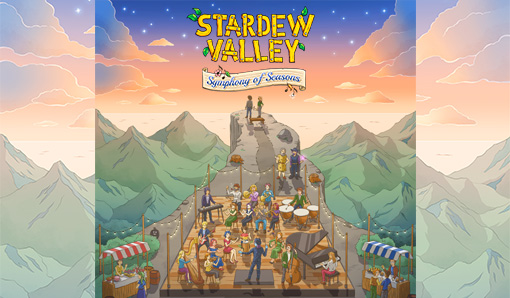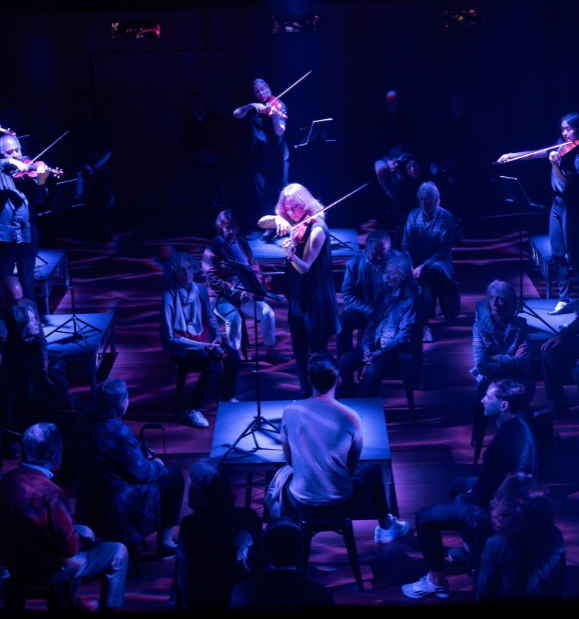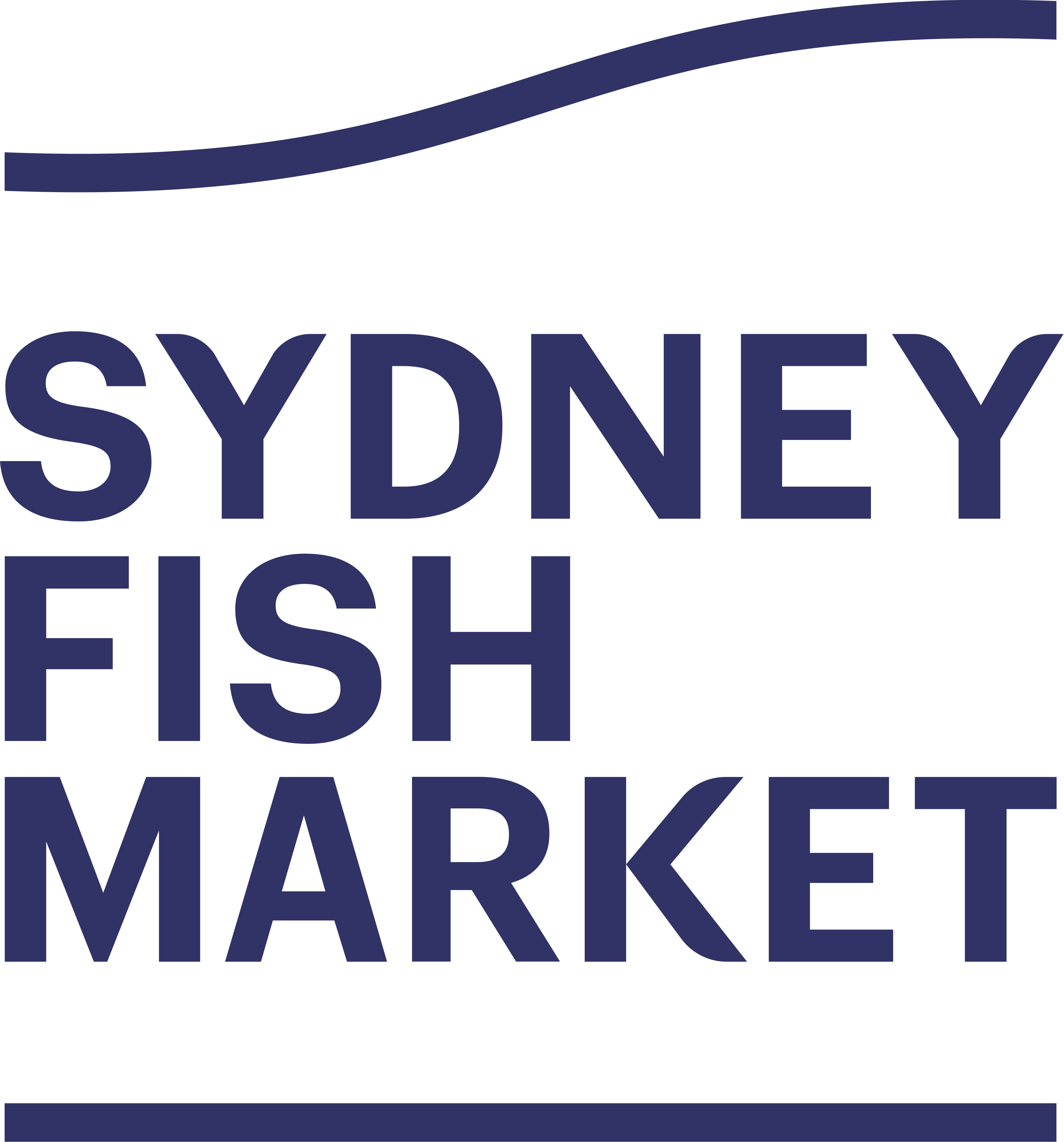In this article, we are diving deep into the past to celebrate the intricate threads of history that have got us to where we stand today, on the precipice of our biggest transformation yet. Today, we are exploring the history of seafood eating in Australia.
From the moment people first arrived in Australia, we’ve been eating seafood. Over the tens of thousands of years that followed, the species we eat and how we eat them have experienced revolutionary changes as each new wave of people, cultures, and technologies have embedded themselves into the Australian landscape and way of life.
Each year, we get better at harnessing the wealth of our seas. In the beginning, Aboriginal and Torres Strait Islander peoples lived sustainably off Australian waters for thousands of years, seeing fishing as both providing sustenance, and as a cultural practice informed by ecological knowledge passed down through generations. Indigenous fishing practices are incredibly varied and have been honed over millennia, underpinned by a deeply held respect and love for Australia’s land, sea, and waterways.
Following this, the early days of commercial fishing by colonisers saw too much focus on too few species, as the buying public only considered a handful – such as Snapper – desirable as food. It is said that oysters were harvested indiscriminately by early colonists to be burned whole in kilns. This was done to extract lime for building, and the oysters weren’t eaten.
So set the pattern for most of our seafood. Most weren’t eaten, and if it was, it was for subsistence only.
By the time a food industry had developed in colonial Australia, seafood was on the bottom rung. Prior to the invention of ice-making, fresh seafood had a shelf life of only hours on a hot summer’s day, and within Sydney, was sold by women and children going door to door or sitting in Circular Quay, wheeling carts covered with fish and wet hessian sacks. The only way to extend the perishability of the fish was to preserve them, either by pickling or salting, both methods considered unflavoursome to all but the starving.
Thankfully, times have changed. Technologically, ice-making and successive improvements to the cold chain have completely changed the scope of species we are able to enjoy. Shelf life is a huge component of the commercial viability of a species, so every advance that can extend shelf life will also increase profitability and value.
For example, raw prawns (the main form in which prawns are purchased everywhere but Australia) have a shelf life of around three days if well-handled. After this, the prawns will begin to oxidise, with tell-tale black marks appearing on the shell. If those same prawns are cooked just after capture, and the same cold chain is preserved, those prawns will last for five or six days.
Therefore, the only way for prawns to travel hundreds of kilometres from regional NSW into Sydney, sold, and still be safe to eat, is to be cooked and chilled – which has now become the traditional Australian way.
Something as simple as an ice slurry, a mixture of ice and seawater, lowers the melting point of ice by one degree. What may sound trivial is pivotal, as this liquid mixture can now be used to ethically dispatch fish in a manner that can double their shelf life.
This has allowed a renaissance of artisanal fishing, providing small pelagic species such as Australian Bonito, Tailor, Blue Mackerel, Grey and School Mackerels opportunity to be sold at market. These species are now commonplace and of such high quality and demand that the retail customer, used to getting a bargain on these types of fish, now must compete with high-end restaurants.
The most catalytic influence in Australian seafood, however, has been multiculturalism. Each group of migrants brought with them their preferences for seafood and desire for species that had, up until that moment, no commercial value.
Italian and Greek migrants brought with them fishing knowledge and a love of cephalopods of all descriptions. At the time, squid, cuttlefish, and octopus were used by Australians as bait at best and fertiliser at worst. New migrants could purchase these species for pence a pound and quickly developed a fishing industry and seafood sales network that continues today, in which prices for Hawkesbury Loligo squid surpass $40/kg.
Migration from Asia has always had an influence on Australian seafood. A large proportion of the ‘unflavoursome’ pickled and salted fish were consumed by Chinese gold miners in inland NSW and Victoria. Modern Asian migration has brought with it the most diverse demand for species yet, reflecting the geographic and cultural diversity of the areas in which the migrants arrive.
Most of our tropical fish, for example, are also found in the corresponding Asian tropical regions. So, to the fisherman in Cairns, while his Barramundi, Mangrove Jacks, and Spanish Mackerel could be sold locally, the hundred other species he may catch are only worth good money to the people familiar with them.
Fortunately, migrants from those countries now live in every major city in Australia, with the largest populations in the capitals, enabling a nationwide network of fishers supplying customers with the seafood they know and love.
The seafood industry has had to learn to adapt to these changes to ensure that the rising demands of talented Sydney chefs and home cooks are met. Every year this rate of development continues to accelerate, with technology and peak multiculturalism permitting a wonderful cross-pollination of Australian seafood across every type of cuisine.
At the rate we’re improving, Australia is truly poised to be the jewel in the crown of global seafood consumption… With Sydney Fish Market’s incoming new building the ideal centre for its sale.
Sydney Fish Market
Experience Australia’s Home of Seafood: an authentic working fish market on Sydney Harbour in Blackwattle Bay, Pyrmont.
Sydney Fish Market is the largest market of its kind in the Southern Hemisphere. Whether it’s your first visit or your fiftieth, we’ve got something for you to enjoy:
- Six seafood retailers.
- Cafés, restaurants, a bakery, a butcher, a gourmet deli, a greengrocer, and a bottle shop (phew!).
- Our wholesale auction (and Behind the Scenes tours).
- Our working wharf.
And, of course, Sydney Seafood School.
The best part? We’re open every day of the year (except Christmas Day), from 7am-4pm. Yes, public holidays too!
For more information visit www.sydneyfishmarket.com.au


